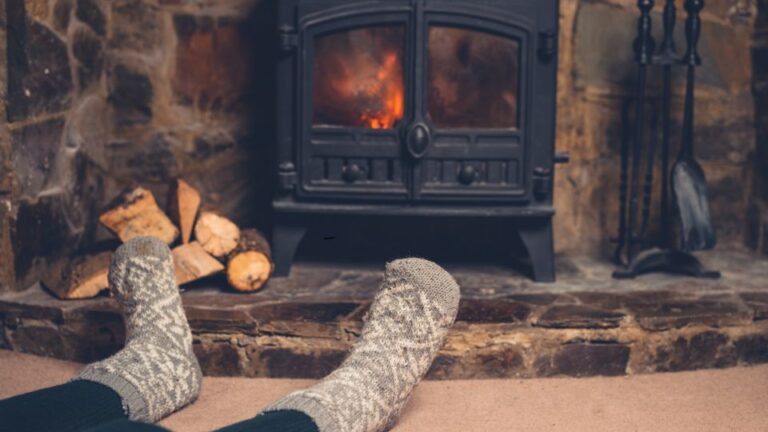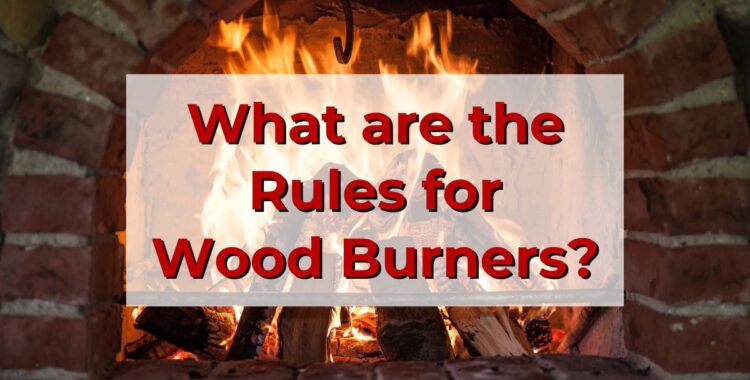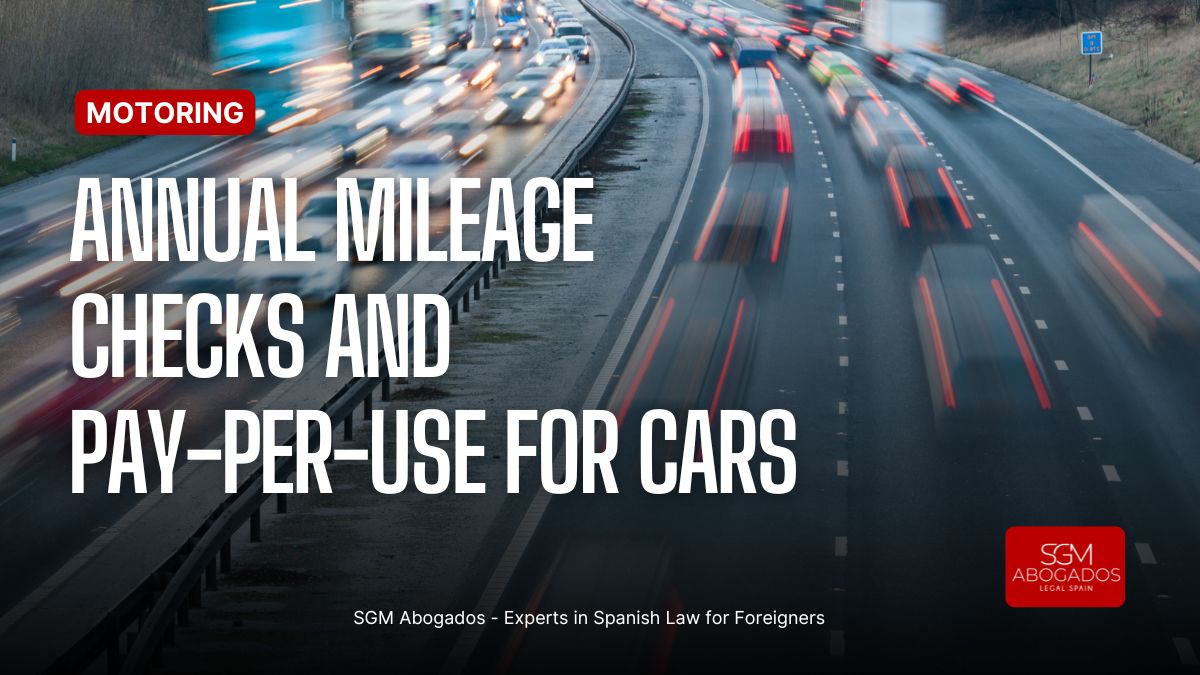What Are the Rules for Wood Burning?
Considering installing a wood burner or fireplace in your Spanish residence, or planning to use one this winter? There are several important regulations you need to be aware of.
Despite popular belief, it can get quite cold in Spain, especially in the northern regions and at higher altitudes where temperatures drop significantly.
Many Spanish homes, particularly in these colder areas, can feel even chillier inside than out during the winter months.
While most Spanish residents in urban areas live in apartments without fireplaces, a significant number of people residing in houses do have them. The popularity of wood burners surged in 2022, with usage increasing by 30 percent, as reported by the Spanish Association of Stove Manufacturers (Aefecc). With rising gas prices, having an alternative heat source such as a wood burner or fireplace is increasingly appealing.
According to data from Spain’s National Institute of Statistics, about 30 percent of Spanish homes lack central heating, necessitating alternative heating solutions during the colder months.
If you opt to install a fireplace, you must comply with several regulations to ensure safety for both yourself and your surroundings. In urban areas, chimneys need to meet stringent standards due to the potential impact on both local air quality and the environment.

Rural homeowners face fewer regulations, but basic safety standards still apply. Under Royal Decree 919/2006, wood burning fireplaces must adhere to specific requirements, including:
- Chimneys must extend at least one metre above any nearby structures to prevent condensation and gas leakage.
- There must be a minimum of 1.2 metres clearance between the smoke outlet and any combustible materials.
- Adequate chimney ventilation is crucial to prevent the build-up of toxic gases like carbon monoxide. Ensuring efficient gas evacuation and cross ventilation is advisable.
- The smoke outlet should be positioned at least two metres away from any other openings in the building.
For those considering wood or pellet burners, additional rules apply. Installation in apartments may require alterations to the building and approval from the community of owners under Spain’s Horizontal Property Law (LPH), due to potential impacts on common areas.
Installation of any stove requires a technical plan from a qualified professional and may necessitate additional permits from your local Town Hall. Pellet stoves should be installed:
- At least one metre away from flammable materials.
- In well-ventilated areas to allow for fresh air intake and gas escape, ideally with access to direct sunlight for improved air circulation and energy efficiency.
Smoke evacuation systems must be approved and properly maintained, ensuring they vent outdoors via the roof or designated ducts. Regular maintenance of pellet stoves is essential and includes cleaning ash, inspecting combustion systems, and ensuring no blockages in chimneys or ducts.
Heat-resistant materials are required for all chimneys or ducts, and flooring may need to be replaced to accommodate the stove’s heat output, as direct placement on wooden floors is not suitable. Regular professional maintenance is also recommended to ensure optimal and safe operation.











